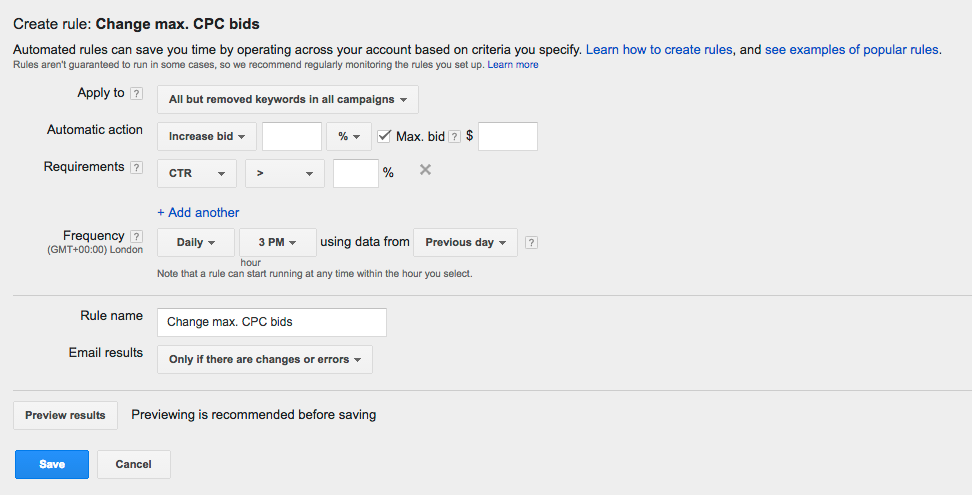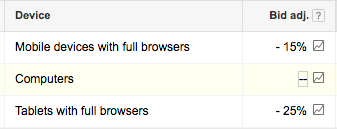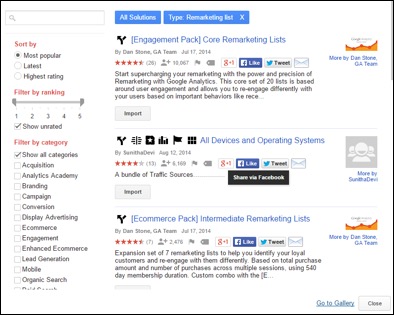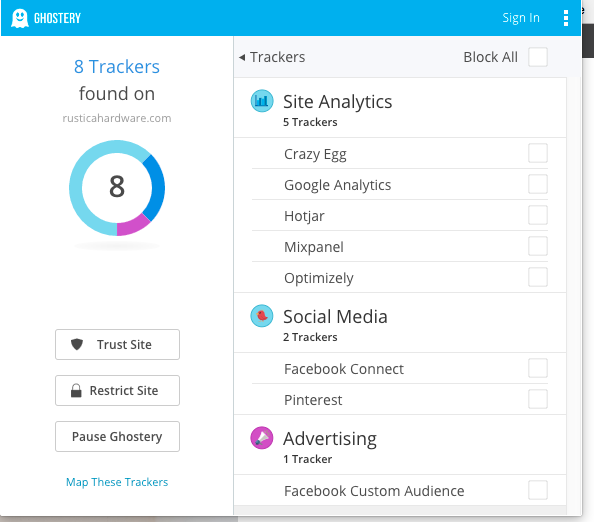It is already almost the end of 2016. Sales are set, B2B and lead generation clients are ramping down due to vacations and seasonality, and it’s time to reflect on and prepare for the year to come. Like most years, we get to the end of December and don’t properly consider or review the mid-level and automated “set it and forget it” tactical items in our accounts that don’t need constant tinkering. So, today, in the spirit of reflection and new year’s goals, we will look at six essential areas that should not be overlooked moving into 2017.
- Bid rules
- Device schedule and bidding
- Search Partners data
- Ad extensions
- Remarketing lists
- Code placement
Time and time again, these tasks may sound part of a typical routine, but in a lot of cases, because they seem so simple, they get missed more times than not when auditing or routinely checking into an account. Typically, we want to look at keywords, bids, ad copy messaging, and budgets regularly, but sometimes forget to do a regular or an annual audit of some of the most essential parts of an account. Let’s review 5 top priority areas that you can take a deep dive to end the year and start planning and strategizing on how to improve your accounts moving into 2017.
1) Bid Rules
The typical set it and forget it. We put a lot of time into our bid rules, whether in a bid management system or the PPC platform, directly. We spend time strategizing the tactical implementation and influence these rules will have on our campaigns, ad groups, and keywords based on a specific set of ideas and previous analysis. How often do we go back and check these rules? Many times, these rules run for months, if not longer, without proper checks and balances, as other areas of the account become the priority. Other times, rules that work up front, for the first couple of months, start to have a negative effect over time, and can then hurt long-term results after influencing and improving results, short-term.
So, take some time over the next couple of weeks analyzing to see what type of impact these rules are having over time and how they can be adjusted or built out further to improve performance.

2) Device Targeting And Bidding
Another topic often forgotten over time are the devices we target and how we bid on them. The idea is similar to bid rules but focuses more directly on the bid adjustments and devices. The mobile or tablet user of January 2016 may look a lot different than the user in 2017, as new phones, tablets, laptop-tablet combinations, and other devices that surf the web continue to launch or see upgraded models. Also, with the re-introduction of device-level bidding, our original assumptions and rules from March, June, or even after the segmentation in August have probably changed and need some analysis and adjustment. Maybe in your account, mobile is picking up with the continued growth of mobile device searches, leading to a broader conversation around mobile experiences and proper bidding strategies.

3) Search Partners Data
Probably the most forgotten tactic in any PPC strategy. When a campaign starts up, Search Partners are always flipped on, and to get maximum traffic for insight and analysis, this is a great way to spend budget and get more conversions. But, how is search partners doing, specifically? Is it dragging down click through rate or raising the cost per conversion? Many times, we forget to segment this traffic out and check on the actual performance levels. If the Partners network is only getting 2 out of 20 conversions, and spending some budget, even if it is a minority, would it make sense to push that budget towards the Search Network we know and can optimize towards?
This one has more questions than answers, but more times than not, I can easily turn off the Search Partners Network and funnel more budget towards Search that can be better optimized and show larger returns over time. Maybe it’s shutting down the alternative network in specific campaigns and testing over the next 30 days across higher performing campaigns to see how much impact it has on the overall campaign and account.

4) Ad Extensions
Are you seeing a trend? These are all basics to any seasoned PPC tactician but often overlooked after time has passed. Ad extensions are no exception and are often overlooked because of the ability to “set it and forget it.” We often create sitelinks, callouts, and structured snippets, just to name a few, and forget to go back and do regular ad extension testing. Even though we cannot directly correlate performance, we can continue to optimize messaging, and include updated offers and benefits to keep ads new and intriguing to our audience. In turn, this will directly (or indirectly, depending on your view), will impact the overall success and, at the very least, CTRs of the ads.
5) Remarketing Lists
In September, I wrote a post on “How to Improve AdWords Remarketing performance with Advanced Strategies” which outlined specific areas that, when nearing the end of the year, can be audited for maximum impact and even completely overhauled for a new year. As an example, a typical ecommerce account will have a top-of-funnel remarketing list that targets all site visitors except those who converted. What if we took that same list we used all year, and improved it by utilizing visitor intent and adding in visitors of the site who viewed at least 2 pages and did not convert.
Why not create a multi-funnel approach by including an ad group or campaign that offers the mid-funnel of those who went specifically to multiple shopping pages, but did not add their items to the cart?

6) Code Audit
Finally, even though we may have these lists in place, we often overlook audience size as a tell-tale sign of code placement and any issues on-site with our tracking. Make sure to test multiple pages using either Google Tag Assistant or Ghostery, which are both Chrome browser plugins, to check for all your site codes. You can easily see if there are any errors or missing codes that could be hurting performance.


Conclusion
2016 may be ending, but there is still time to get accounts in top shape and ready for a new year coming in just a handful of work days. Don’t miss out on this opportunity to reflect on the year that has passed and find ways of improving strategy, tactics, and performance by overlooking some easy wins through mid-level insights that can change the game for your account.



